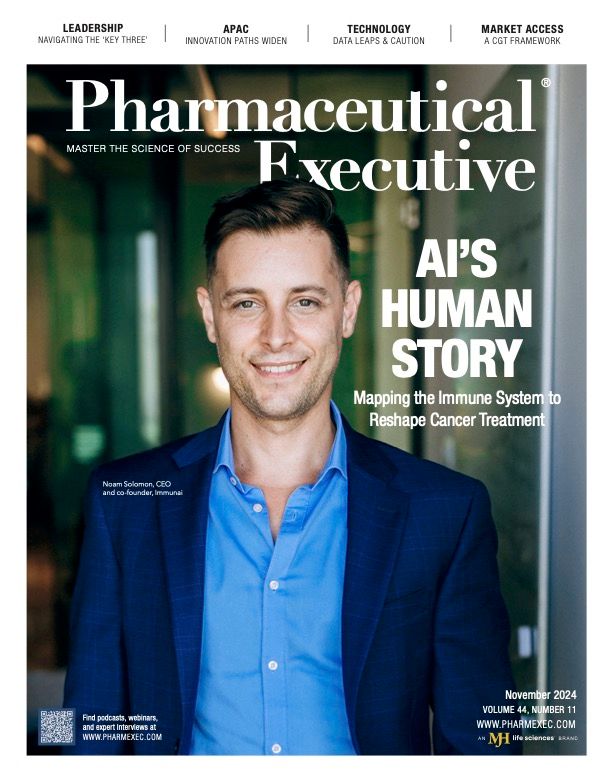Passage to Asia: Early Access for Innovative Therapies
Pharma looks to take advantage of expanded access programs across Asia-Pacific region.

While Asia represents an increasingly important market for innovative therapies, it is not an easy one to crack.
First of all, there are significant differences in regulatory requirements and approval timelines. Secondly, there are distinct market access environments and reimbursement schemes, not to mention the heterogeneity in healthcare infrastructures, value chain dynamics, and channel characteristics.
As time is of the essence, many pharma and biotech players have been tapping into early access programs (EAPs). These help to test the temperature in unfamiliar terrains, access pockets of the markets prior to formal approvals, and gather real-world data (RWD) and local evidence, which help accelerate the regulatory processes and reimbursement listing in some cases.
The Hainan Early Access Program has been a hot avenue for many innovative therapies to reach China. In fact, more than 400 drugs and devices have landed in the tropical island as a prelude to their China and Asia play. Ophthalmology drug Yutiq was an early mover that has taken advantage of the opportunity. It landed in Hainan 10 months after its US approval for chronic non-infectious uveitis treatment, and initiated a real-world study in parallel. Leveraging the evidence collected from 74 Chinese patients through the study, it received the formal approval from China regulators in 2022 and was subsequently included in the National Reimbursement Drug List (NRDL) for 2023, using the real-world data and evidence in the pharmacoeconomic modeling and negotiation process.
China’s early access opportunities have expanded beyond Hainan since then. The Medicine Connect Program at the Greater Bay Area (GBA) affords early access to nine major cities in Guangdong. To date, a total of seven batches of innovative drugs and devices have taken the route to reach a population of 86 million across the region, which is much larger and more affluent than that of Hainan. Another ophthalmology drug, Beovu, achieved GBA early access after its Hong Kong registration, got in the formularies of Shenzhen and Zhuhai commercial health insurances, and more recently initiated a real-world study with leading hospitals to collect efficacy and safety evidence in refractory diabetic macular edema patients locally. Oncology drug Lorbrena was among the few that landed in both Hainan and GBA EAPs, listed for Zhongshan commercial health coverage to improve patient affordability. It received regulatory approval in China merely eight months after its initial GBA access. Building on the momentum, Lorbrena went on to be listed in 2023 NRDL, achieving a remarkable home run for China access and reimbursement without missing a beat.
More recently, Tianjin and Beijing have rolled out policies for their local EAPs. Beijing Tianzhu Free Trade Zone, in particular, released a detailed plan for accelerating access to rare disease drugs, eliminating a number of barriers, such as hospital access and pharmacy listing, and encouraging better reimbursement and coverage locally. Rare disease drugs Voxzogo and Emflaza are the first movers included in the EAP, which features high visibility and potentially high impact beyond the Beijing area alone.
In Japan and Korea, EAPs provide viable pathways for patients to access innovative drugs prior to local approvals. Notably, Japan’s three EAPs, including Advanced Medical Care Program (type B), Compassionate Use system, and Patient-Initiated Mixed-Care system, benefit patients excluded from clinical trials by allowing healthcare professionals to request treatments that are yet to be approved. In Korea, rare disease drug Lonafarnib sponsored a managed access program to allow Hutchinson-Gilford Progeria patients to receive the much-needed drug in their race against time.
In Southeast Asia and the Middle East, EAPs can also be an important pathway for new therapies to reach patients in need. For instance, Thailand allows public hospitals to import unlicensed drugs under its Drug Act B.E. 2510, enabling patient-specific compassionate use. Similarly, Singapore’s Special Access Route facilitates the supply of unapproved products for life-threatening conditions within a 14-day approval window. In Qatar, Novartis launched a managed access program and worked with select partner hospitals to offer Zolgensma, the gene therapy for spinal muscular dystrophy, bringing new hopes to newborn patients from Qatar and other countries where the revolutionary therapy is not yet available.
- Victoria Liu and Selene Peng in Simon-Kucher’s China Life Sciences division contributed to this article.
Bruce Liu is Partner at Simon-Kucher & Partners, leading its life sciences division in greater China

FDA Grants Priority Review to Regeneron’s Eylea for Macular Edema Following Retinal Vein Occlusion
April 18th 2025Regulatory action was based on data from the Phase III QUASAR trial, which demonstrated that Eylea HD dosed every eight weeks achieved non-inferior visual acuity outcomes compared to Eylea in patients with macular edema following retinal vein occlusion.
Navigating Distrust: Pharma in the Age of Social Media
February 18th 2025Ian Baer, Founder and CEO of Sooth, discusses how the growing distrust in social media will impact industry marketing strategies and the relationships between pharmaceutical companies and the patients they aim to serve. He also explains dark social, how to combat misinformation, closing the trust gap, and more.